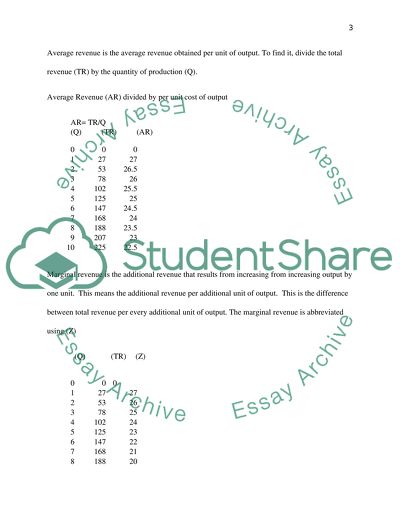Cite this document
(Economics for Business: Economic Factors that Led to the Recession of Assignment, n.d.)
Economics for Business: Economic Factors that Led to the Recession of Assignment. Retrieved from https://studentshare.org/macro-microeconomics/1398584-economics-for-business
Economics for Business: Economic Factors that Led to the Recession of Assignment. Retrieved from https://studentshare.org/macro-microeconomics/1398584-economics-for-business
(Economics for Business: Economic Factors That Led to the Recession of Assignment)
Economics for Business: Economic Factors That Led to the Recession of Assignment. https://studentshare.org/macro-microeconomics/1398584-economics-for-business.
Economics for Business: Economic Factors That Led to the Recession of Assignment. https://studentshare.org/macro-microeconomics/1398584-economics-for-business.
“Economics for Business: Economic Factors That Led to the Recession of Assignment”, n.d. https://studentshare.org/macro-microeconomics/1398584-economics-for-business.


